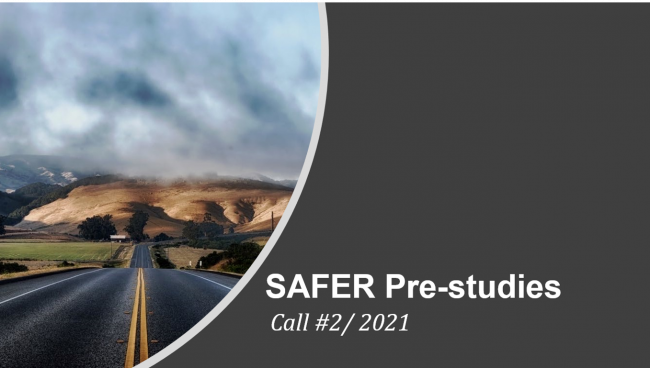Cooperative Automated Driving Use Cases for V2X Communication
Advanced Driver Assistance Systems (ADAS) and autonomous driving (AD) are progressing towards higher speeds and more complex dynamic scenarios, where the on-board sensor systems may not be sufficient to provide adequate awareness of traffic situation for accurate and timely situation assessment and action. That is why the connected vehicles technologies, such as vehicle-to-everything (V2X) communication, are receiving attention as enabling sharing the accurate position information between vehicles. As the share of V2X equipped vehicles is currently too small, stationary V2X equipped traffic sensors are a promising solution, as these can detect and share the information about all objects present in a specific road section. Particularly, cooperative perception, also known as collective perception, realized by fusing the object data sensed by the on-board sensors with information received from the infrastructure sensors, has potential to bring together driving automation technology with V2X communication. However, cooperative perception is heavily dependent on the timeliness of the data received by a connected vehicle. Thus, one of the great challenges is to study how the latency affects the performance of the AD or ADAS functionalities in dealing with safety critical traffic cases. Such a study would enable to set the requirement on latency of V2X communication systems based on safety requirement of AD/ADAS functions.
Purpose and Goals
The research question we want to address in this pre-study is: determine the latency requirements for collective perception systems to enable AD/ADAS function to fulfil the state-of-the-art safety norms in a realistic traffic use case. To approach this question, we aim to achieve the following objectives: (i)establish a tool chain data-scenarios-simulation-requirements, (ii) understand the needed pieces/shortcomings of the data and tools, and (iii) apply for a larger project to continue building the framework.
Design and Implementation
To approach the research question and the derived objectives the following work packages are proposed: (1) collecting the data on the interactions between cars and unprotected road users using already installed Viscando stationary 3D and AI-based sensors; (2) identifying different scenarios from the data collected with the Viscando sensors;(3) simulating the identified scenarios using the MATLAB Automated Driving Toolbox; and (4) investigating the maximum acceptable end-to-end delay that meet the safety requirements in such scenarios.
Expected Results
With this pre-study we start working with the traffic measurement data and expect to get a better understanding possible benefits of, and requirements for collective perception for improved ADAS and AD functions in real-world scenarios. Moreover, the present pre-study should generate a larger successful project application. We are potentially aiming at VINNOVA FFI project with Zenseact AB and Viscando AB. Thus, we see the current application as a bridge towards this larger initiative, which in turn, will allow us to present the results in prestigious journals or scientific conferences.

